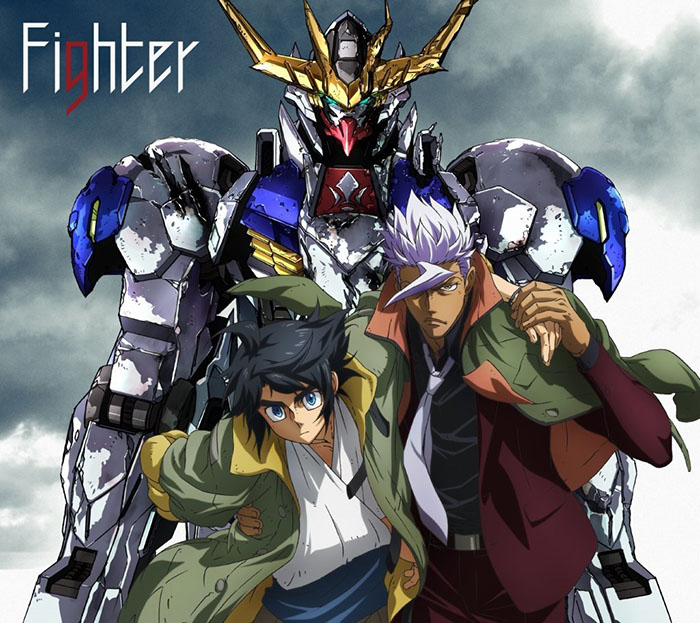
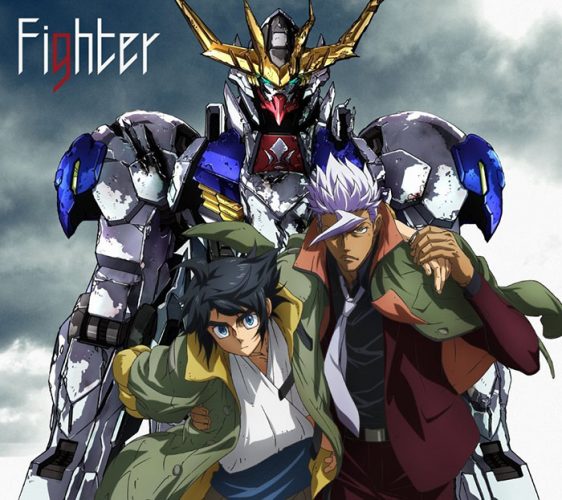
For centuries, literature, cinema, music, and art as a whole have presented themes of class warfare. Unfortunately, class warfare has been happening since the formation of society. While class warfare has existed in many nations for centuries now, some nations such as the US have been seeing it recently now with the gap between the rich and the poor progressively widening (just the other day while drafting this article, Jeff Bezos just got $13 billion richer!). While we aren’t exactly here to make this an argument of capitalism vs. socialism, we can’t deny that even anime itself has addressed such issues. Ever since anime has been around, there have been countless series and films where class warfare has been a central theme. While Japan’s history of class warfare is distinguishingly different from what we have seen in the West, we feel that the anime we are about to share do a great job of universally showing how class warfare affects the non-rich. So, please get a look at our Top 10 Anime About Class Warfare.
10. Kengan Ashura
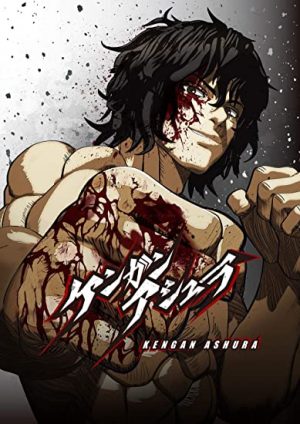
Kicking off our list is Kengan Ashura, one of Netflix’s hottest action titles that rivals Baki. What makes Kengan Ashura unique is that the tournament portrayed in this anime is sanctioned by one-percenters, who use it as a means to raid other corporations without going through the legal system (don’t tell Alexandra Ocasio-Cortez, Bernie Sanders, and Elizabeth Warren if in the event these tournaments exist). Putting aside its exciting action sequences, the fighters of the Kengan Tournament and their corporate sponsors are the ultimate allegory between the rich and the poor. Like your average laborer, the fighters are putting their lives on the line for the sake of the company where even if they win, it's the company bigwigs that reap all the awards while the fighter doesn’t get a small percentage from what has been portrayed so far (Do fighters get health insurance? Are they given stock options? Do they get dental?). If a fighter loses, then they’re thrown out like garbage like how a laborer in the old days who got their arm chopped off in an accident.
9. Hagane no Renkinjutsushi: Fullmetal Alchemist (Fullmetal Alchemist: Brotherhood)
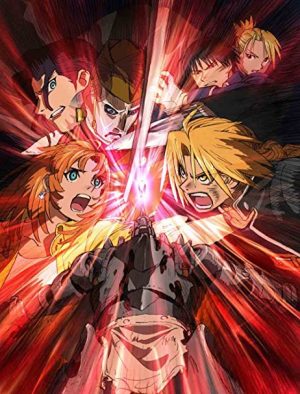
The Ishvalan refugees in Fullmetal Alchemist: Brotherhood are an excellent example of class warfare waged against immigrants and refugees. In recent years, the Trump administration has attempted to implement bans on accepting Syrian refugees under the so-called threat of terrorism, and many people in the world of Fullmetal Alchemist exhibit that very attitude towards the Ishvalans. While discrimination and slavery are now banned in the US, minority neighborhoods have little to no employment opportunities and their schools are underfunded which, in effect, is still class warfare. We see this as the Ishvalans live in the slums with no support. This is also evident in some of America’s dark history towards immigrants, especially towards Irish, Italian, and Asian immigrants between the nineteenth century and the early twentieth century where they weren’t allowed any opportunities to make progress for themselves.
8. Koukaku Kidoutai: SAC_2045 (Ghost in the Shell: SAC_2045)

Cyberpunk has always been the ultimate metaphor for class warfare, and the SAC_2045 edition to the long-running Ghost in the Shell franchise manages to continue that tradition. The series immediately gets to the point on how the world’s economy was devastated due to the world defaulting, and you see the world go into chaos to the point that nations resort to maintaining the economy with war. As a result, there are some former regular people who attempt to fight “the man,” but with disastrous results. Midway into SAC_2045, the audience gets to see how the state of the economy affects the world to the point that a bunch of senior citizens (one of which happens to be an employee) attempt to rob a bank because they lost their pensions. However, Batou helps out and discovers that the bank manager was stealing their money and it shows that those in power, and not some crisis, are usually the root causes of class warfare.
7. Code Geass: Hangyaku no Lelouch (Code Geass: Lelouch of the Revolution)

Code Geass is different in that it addresses class warfare from a colonial perspective. In the world of Code Geass, there are three superpower nations, the Holy Britannian Empire, the Chinese Federation, and the European Union, and they control most of the world. In the year 2010 atb, Britannia conquers Japan and redesignates it as Area 11, and the Japanese are stripped of their identity and are renamed Elevens. Up until World War II, the US, Japan and other European nations had colonies around the world. At one point, the British Empire was once called the Empire Where The Sun Never Sets due to how expansive their territories were from East to West. However, Code Geass reminds us of the negative effects of colonialism on the local citizens in which they could eventually lose their culture as a whole.
6. Persona 5 The Animation
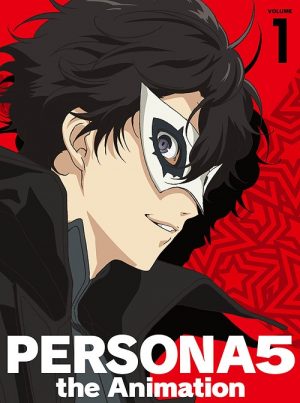
Through Persona 5, we see how class warfare is literally and figuratively applied in Japanese society with their enemies within the education system, organized crime, big business, and in government, and how they use that power to exploit regular people. The portrayal is distinct in that it's told from the point of view of teenagers vs. adults, or the establishment as a whole, and gives you a perspective of Japanese society with how they view people that are supposedly misfits. Ren, who may think is just a regular teenager, faces the nasty end of the law as he tries to assist a young lady being assaulted by a man who turned out to be a politician. Due to the politician's influence, he’s made to look like the bad guy and he’s put on probation and has to leave his hometown. With Ren’s classmates aware of his situation, they want nothing to do with him. As a result, the first friend he makes is Ryuji, another outcast. Then through their common circumstances, they meet others like them to become the Phantom Thieves and fight the establishment for regular people.
[ad_middle class="mb40"]
5. Carole & Tuesday

What makes Carole & Tuesday different is how it fights class warfare with a very optimistic approach. When you take a good look at this titular duo, they are about as opposite as you can get. Carole is an orphan who aged out of the system and has trouble making ends meet. Tuesday was raised by an influential politician, but was sheltered most of her life. Despite their opposite upbringings, Carole and Tuesday immediately form an unbreakable bond upon their first encounter. As two teenagers, they not only use their music to rise to the top of the industry but also to inspire the immigrants of Mars. The immigrant/refugee class from Earth is a major theme of the final act of Carole & Tuesday and anyone watching can immediately see how it’s a critique of Donald Trump’s immigration policies. What makes this theme more impacting is when Ezekiel, a childhood friend of Carole, makes a music video from a jail cell. With the content of its lyrics making reference to tearing the system down, it truly relates to what has been happening in the US in terms of class warfare.
4. Megalo Box
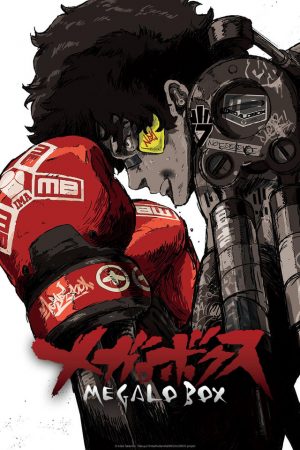
A tribute to Ashita no Joe, the OG boxing anime/manga, Megalo Box does more than just give it a sci-fi edge, it shows what could happen if a nation or city were run under privatization. If you thought the concept was crazy enough when introduced in Robocop, you can finally see it in practice in Megalo Box. Yes, the privately owned city is prosperous but only those with the right amount of money are allowed to obtain citizenship. Those without the cash live stateless out in the desert, and at the mercy of organized crime. Joe, the main character, enters a boxing tournament to show he’s the best, and to clear his coach of his debts. However, the Megalonia boxing tournament isn’t operated under the Marquess of Queensberry rules, but new rules that no state athletic commission would ever allow. There are no age limits, no weight classes, and for all we know, no drug testing. To top things off, fighters are allowed to wear augmented gear on their upper body for enhanced performance! Due to how certain fighters have the right sponsors, they can have superior gear than others. This is obviously a reflection on how sometimes, money can give you superiority. In the end, Joe, as a nobody, decides to fight to the top WITHOUT any gear to show that not everything can be achieved by money, and to not underestimate the power of a true working man.
3. Kidou Senshi Gundam: Tekketsu no Orphan (Mobile Suit Gundam: Iron-Blooded Orphans)
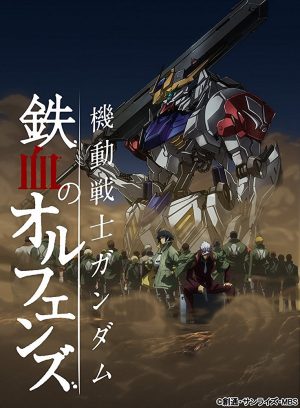
Just about nearly every Gundam or any other mech anime you can think of all have pilots who are teenagers that conveniently happen to be gifted at engineering. When it comes to Iron-Blooded Orphans, it challenges the teenage mech trope with a more realistic approach in regards to child soldiers. As portrayed, Mikazuki, and the majority of the people he works with in Tekkadan, a private military company, are composed of child soldiers who are functionally illiterate. Due to Earth’s economic restrictions on Mars (hopefully Elon Musk can prevent such a thing from happening), many children end up orphaned and must resort to dropping out of school and working in a PMC in order to support their families. As a result, Kudelia, the daughter of one of Mars’ most influential families, utilizes Tekkadan’s services to escort her to Earth and make Mars a better place. When it comes to Iron-Blooded Orphans, it does a great job of showing how economic restrictions can hurt a society and its children, which is one of the lowest forms of class warfare anyone could ever see.

2. Ginga Eiyuu Densetsu: Die Neue These -Kaikou- (Legend of the Galactic Heroes: The New Thesis)

One notable anime you must’ve seen coming is of course Legend of the Galactic Heroes. This takes class warfare from classic literature such as Les Miserables, and brings it to the future in space! What’s unique about Legend of the Galactic Heroes is that many of its themes relate today. You see class warfare waged in both the Free Planets Alliance and in the Galactic Empire. Through Reinhard’s story, the audience can see how class warfare is applied in a more classic sense where it retains aristocratic customs that would pave the way for revolutions in Russia and in France. In Yang Wen-Li’s story as a general of the Free Planets Alliance, you see class warfare in a more modern application. For example, the only reason he joined the military was so he could get a free education (and a nice pension), and in some countries such as the US, working-class people join the military for employment and educational benefits. It’s also a cautionary tale of how politicians with no term limits can lead to corruption as they leave the regular people out to dry whenever a crisis hits.

1. Arslan Senki (The Heroic Legend of Arslan)
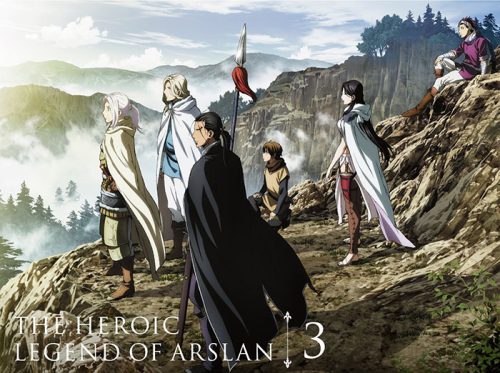
At number one, we have to give it to Arslan Senki, which looks at class warfare in the most primitive sense, and yet still relates to how humans are today. Through the Kingdom of Pars, the audience is treated to how the slave trade works in that world, and how its rival kingdom, Lusitania, is adamantly opposed to it under the belief that everyone should be equal under God. Andragoras—the King of Pars—was the definition of toxic masculinity long before the coin was termed. He looks down on others and sees people as cattle. However, Arslan, his own son, thinks differently. Through Arslan’s journey with his crew consisting of people of all backgrounds, he learns that everyone, regardless of their circumstances, is equal. One distinguishing quality of Arslan Senki is how it tries to abolish slavery, but with unexpected results. Due to no safety nets or modern social welfare systems, freed slaves prefer captivity because they can find work and have a place to eat or sleep. As a result, it encourages Arslan to better improve not only his kingdom but his world.
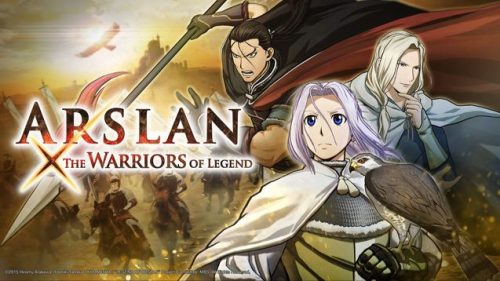
Final Thoughts
Through our selections, we learn that class warfare is motivated by racism, corporate greed, abuse of power, colonialism, and at times, economic collapse. As a result, we see a deep divide between the rich and the poor, and sometimes, the poor are left to fend for themselves. We see the rich, or the government itself, or the two of them in collusion, do what they can to fill up their pockets as they exploit regular working people. In other instances of class warfare, it’s not just regular people that get exploited, but so do immigrants and the natives of a country that it is colonized by another. So, in addition to our top 10, what are some anime you have seen throughout history that has done an excellent job in portraying class warfare that all audiences can relate to? If you have any, please share your recommendations in the comments!
